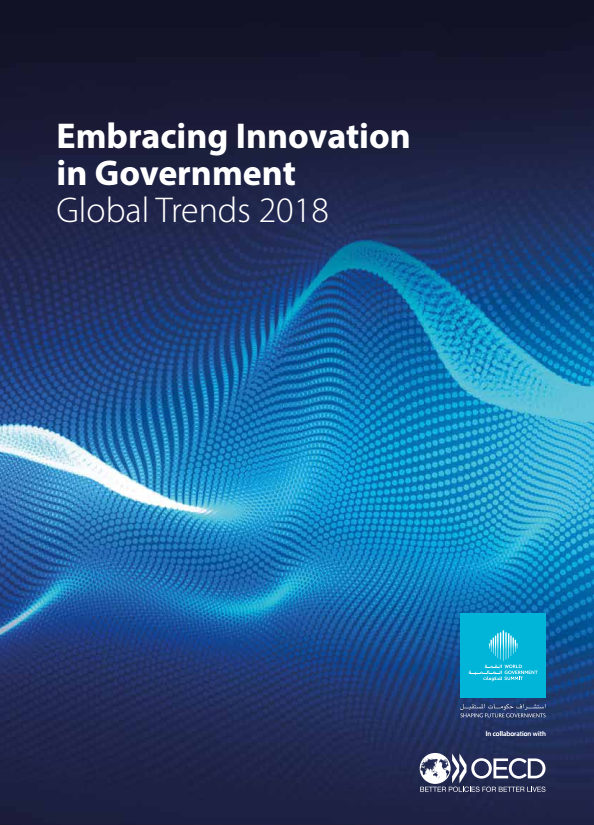The blog “the sustainability innovation paradox” triggered quite some discussions the last few weeks on the role of governments in innovations. On the one side governments stimulate innovation but also hinder innovation due to regulatory policies. During the discussions it became clear that there are differing views about government(s) and innovation. Governments are often associated with hierarchical control, red tape and absence of competititon and economic incentives. From this perspective an innovative government is rather a contradiction in terms or an oxymoron (combination of two words used together that have, opposite meanings).
Others came during the discussions forward with many examples where governments have been innovative in products, services and new forms of regulation. Someone made the remark that innovation can be related to governments as classical music can be related to modern video games. Classical music is very common in the gaming industry and has become in music a seperate line of work as is shown by the several albums of the London Philharmonic Orchestra playing the greatest video game music.
According to Torfing (2018) the public sector is far more dynamic and innovative than its reputation. There are many examples of service innovations, organizational innovations, policy innovations and technological innovations in the public sector. However it is not possible to easily compare different forms of innovation in private and public entities. There are significant differences between the private and public sector based on their market structures, motives and incentive structures that employees respond to. Public innovations are nowadays ranked and awarded just as private innovations. Below is an example of the top 10 world’s most innovative government institutions.

Top 10 of the world’s most innovative government institutions by Clarivate and Reuters.
Innovation is rising to the top of the public sector agenda as the difficult challenges in climate adaptation, sustainability and other unruly problems cannot be solved by incremental measures and government policies. Also the OECD launched this month its consecutive annual Global Trends report for 2018: Embracing innovation in government.
How innovation can best be organized in the public sector is open for discussion. There are hierarchical, competitive and collaborative strategies. To find innovative solutions for the more complex and unruly problems it is generally accepted that multi-actor collaboration is superior to both hierarchy and competitive strategies.
Collaborative innovation strategies are as I have discussed early in Strategy Blogs dependent on specific conditions that influence collaboration and therefore a successful outcome. People with special expertise from different disciplines should be open to innovative work. They should also recognize and respect each others expertise and willing to learn from each other by being curious also during the many failures that can be part of the development process. These conditions are necessary to challenge the different perspectives to find and develop innovative ideas.
From a public or governement perspective there is always the question whether an innovation is an improvement or a step backwards, as innovations can create severe setbacks for specific social groups or could need a far reaching reform in government regulations. Further public innovation will always need thorough testing as governments have a more broad and complex responsibility towards society. More than the private sector. Governments becoming ‘serial innovators’ are in that respect far horizons.
Literature
Torfing, J. (2018). Collaborative innovation in the public sector: the argument. Public Management Review, 1-11.
Photo on Foter.com


